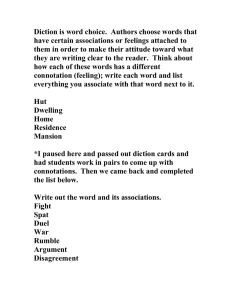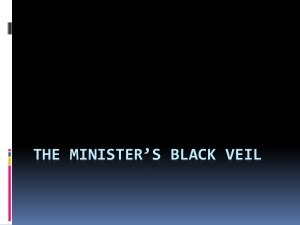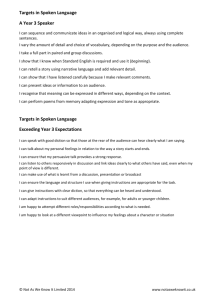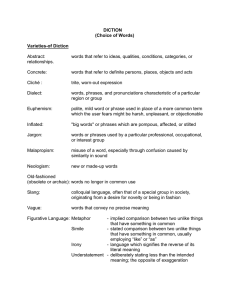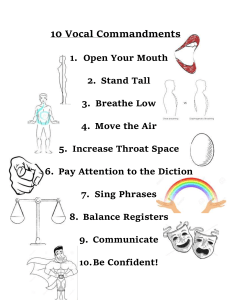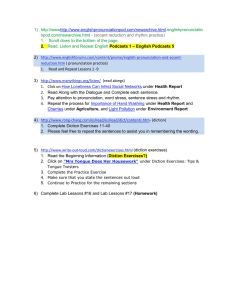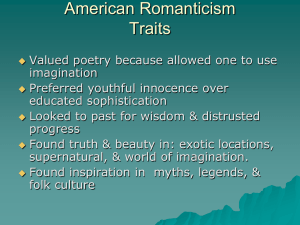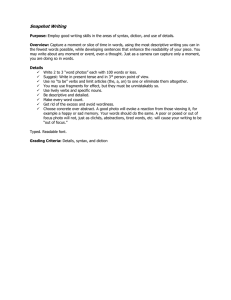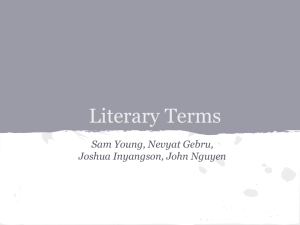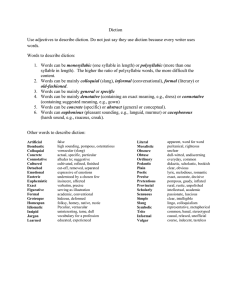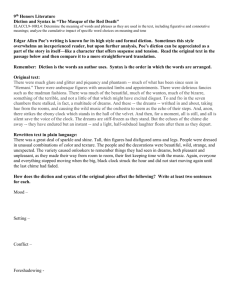Studying Children`s Literature
advertisement
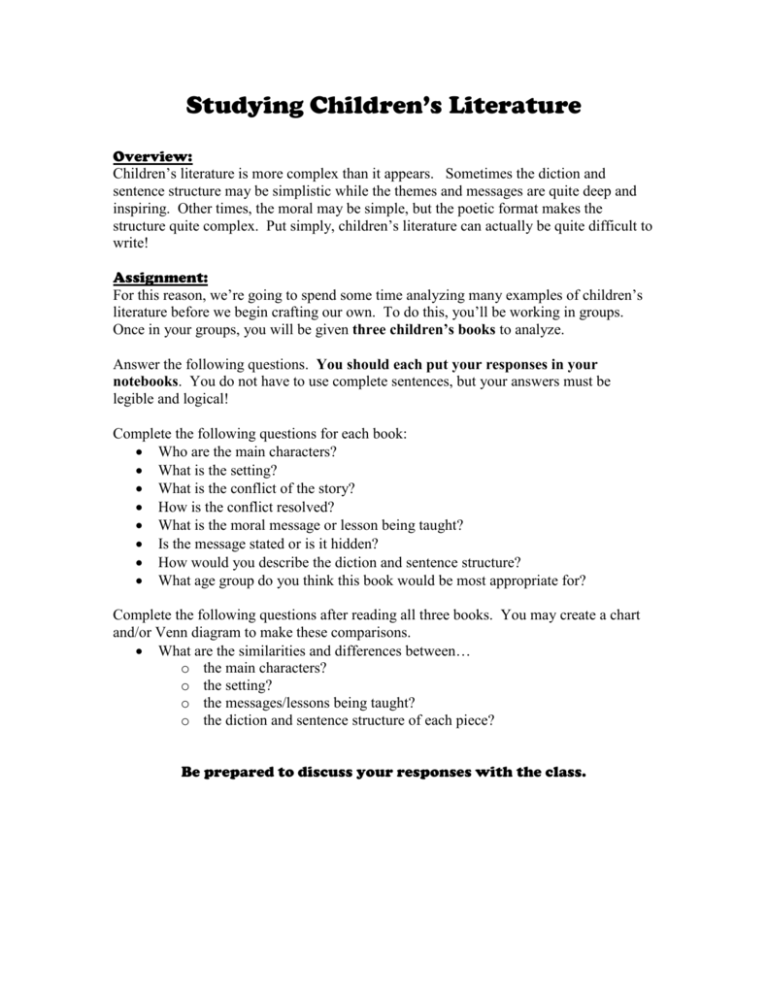
Studying Children’s Literature Overview: Children’s literature is more complex than it appears. Sometimes the diction and sentence structure may be simplistic while the themes and messages are quite deep and inspiring. Other times, the moral may be simple, but the poetic format makes the structure quite complex. Put simply, children’s literature can actually be quite difficult to write! Assignment: For this reason, we’re going to spend some time analyzing many examples of children’s literature before we begin crafting our own. To do this, you’ll be working in groups. Once in your groups, you will be given three children’s books to analyze. Answer the following questions. You should each put your responses in your notebooks. You do not have to use complete sentences, but your answers must be legible and logical! Complete the following questions for each book: Who are the main characters? What is the setting? What is the conflict of the story? How is the conflict resolved? What is the moral message or lesson being taught? Is the message stated or is it hidden? How would you describe the diction and sentence structure? What age group do you think this book would be most appropriate for? Complete the following questions after reading all three books. You may create a chart and/or Venn diagram to make these comparisons. What are the similarities and differences between… o the main characters? o the setting? o the messages/lessons being taught? o the diction and sentence structure of each piece? Be prepared to discuss your responses with the class.
